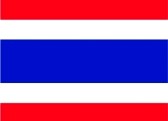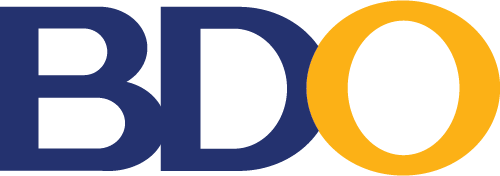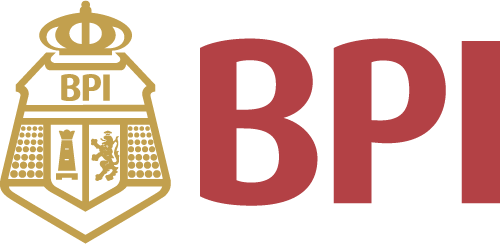All Categories
50 Instructional Routines to Develop Content Literacy (Teaching Strategies Series)
Share Tweet
*Price and Stocks may change without prior notice
*Packaging of actual item may differ from photo shown
- Electrical items MAY be 110 volts.
- 7 Day Return Policy
- All products are genuine and original

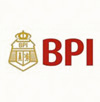




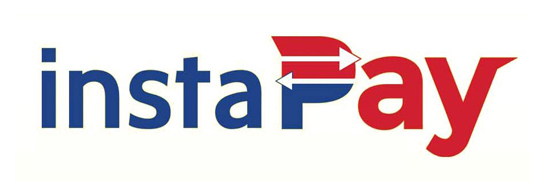

About 50 Instructional Routines To Develop Content
Product Description KEY BENEFIT:¿ Gives middle and secondary school teachers 50 evidence-based instructional routines to ensure reading and writing occurs in every class, across all content areas ¿ KEY TOPICS: 50 instructional routines; addressing the Common Core State Standards; focusing on the content areas; engaging students in reading, writing, speaking, listening, and viewing as part of the literacy process; English learners; and struggling readers ¿ MARKET: Middle and secondary school teachers; courses in Reading Methods and Content Area Reading Review "50 Instructional Routines to Develop Content Literacy is a valuable resource for teachers from all content areas to help students become better readers, writers, thinkers, collaborators, and communicators. The routines are grounded in sound research and pedagogy and the step-by-step directions and real-class/real-student examples and scenarios allow educators to move beyond theory to implementation. The short chapters allow for busy teachers to quickly sort through and select the best routines for any instructional purpose. The chapters also offer suggestions for differentiation, including for ELL students, so that the routines can be tailored to meet the needs of any group of students. This text is a toolbox that teachers from all content areas will find themselves referencing throughout the school year." -- Lisa Lloyd, Hastings Middle School (Upper Arlington, Ohio) "I found the material beneficial to me as a teacher and will definitely use some new techniques in with my students to improve literacy." -- Danielle Morrison, Lincoln High School (Gahanna, Ohio) "The organization of each routine is especially helpful: brief review of research, step-by-step guide, classroom examples, and relevant graphics, etc. It is refreshing to see a text that is so useful." -- Tom Smyth, University of South Carolina Aiken From the Back Cover Some of the best-known authors in the field come together to provide teachers with fifty step-by-step procedures for implementing content area instructional routines to improve students’ literacy skills. 50 Instructional Routines to Develop Content Literacy, 3/e helps adolescents to become more successful readers. Middle and high school teachers can immediately put to use its practical information and real classroom examples from science, social studies, English, math, the visual and performing arts, and core electives to improve students’ reading, writing, and oral language development. Going above and beyond basic classroom strategies, the instructional routines recommend simple changes to teachers’ everyday procedures that foster student comprehension, such as thinking aloud, using question-answer relationships, and teaching with word walls. The routines are: Selected to ensure that all students engage in reading, writing, speaking, listening, and viewing as part of the literacy process. Taken from real classrooms, real students, and real results. Organized for easy and quick referencing. Applicable to English learners and struggling readers. This new edition features: NEW! More detailed classroom scenarios. NEW! New routines that address the Common Core State Standards. NEW! Up-to-date research reviews and references. NEW! A focus on additional content areas. About the Author Douglas Fisher, Ph.D. is Professor of Educational Leadership at San Diego State University and a teacher leader at Health Sciences High & Middle College. He has published numerous articles on reading and literacy, differentiated instruction, and curriculum design as well as numerous books, including Good Habits, Great Readers; Improving Adolescent Literacy; Better Learning Through Structured Teaching; Common Core English Language Arts in a PLC at Work and Text Complexity: Raising Rigor in Reading. William G. Brozo, Ph.D. is a Professor of Literacy in the Graduate School of Education at George Mason University. A former high school En



